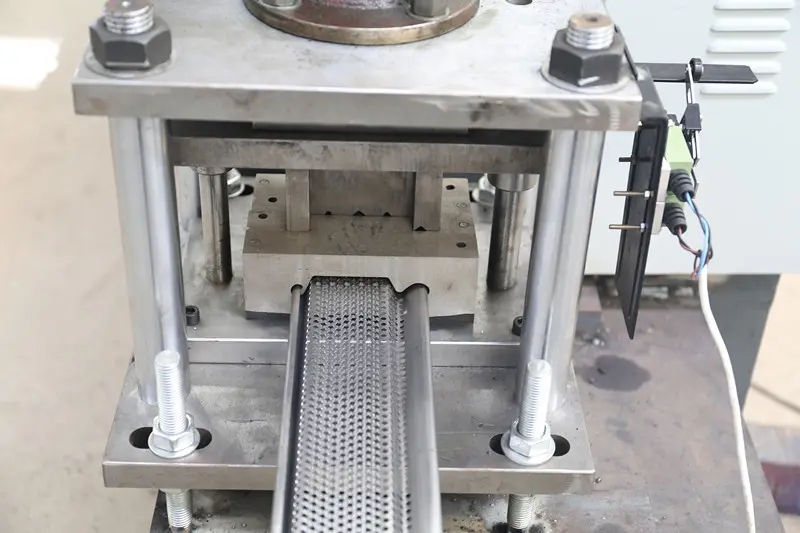
Understanding the Coil Metal Cut to Length Line A Comprehensive Overview
In the ever-evolving world of manufacturing, efficiency and precision are paramount. One of the critical processes in metal fabrication is the cutting of coil metal into specific lengths, a process known as the coil metal cut to length line. This technology not only enhances productivity but also ensures that manufacturers meet the exact specifications required by their clients. This article delves into the key aspects of coil metal cut to length lines, their operational mechanisms, benefits, and applications in various industries.
What is a Coil Metal Cut to Length Line?
At its core, a coil metal cut to length line is a sophisticated assembly of machines designed to take large rolls of metal coils—typically made from materials like steel, aluminum, or copper—and cut them into predetermined lengths. This process is essential for producing sheets, plates, or strips that are later used in various applications, from construction to automotive manufacturing.
How It Works
The operation of a cut to length line can be divided into several key stages
1. Uncoiling Initially, the metal coil is mounted on an uncoiler, which feeds the coil into the cutting system. This step requires precision to ensure that the coil unwinds smoothly without any tension that could lead to deformation.
2. Leveling After uncoiling, the metal strip is passed through a leveling machine. This machine flattens the metal and corrects any camber or distortion, ensuring a uniform thickness and straight edges.
3. Measuring and Cutting Following the leveling process, the strip is accurately measured based on the required length using advanced sensors and systems. Once aligned, a cutting mechanism—usually a shear—cuts the metal strip at the specified lengths. This step is crucial, as precision here determines the quality of the final product.
4. Stacking After cutting, the individual lengths of metal are stacked neatly for easy handling and shipping. Automated stacking systems often assist with this process to minimize manual labor and further enhance efficiency.
5. Inspection and Quality Control Finally, the product undergoes rigorous inspection to ensure that it meets the required specifications in terms of dimensions, surface quality, and overall finish.

Benefits of Using a Cut to Length Line
1. Efficiency Automated systems significantly reduce the time taken to cut and handle metal, leading to higher production rates.
2. Accuracy Advanced measuring tools and cutting technology ensure that every piece is created to exact specifications, minimizing waste and rework.
3. Flexibility Modern cut to length lines can be adjusted to accommodate different coil sizes and materials, allowing manufacturers to respond quickly to changing market demands.
4. Reduced Costs By optimizing the cutting process and reducing material waste, manufacturers can lower their overall production costs, offering competitive pricing to clients.
5. Improved Safety Automation in the cut to length process reduces the need for manual handling of heavy and potentially dangerous materials, thus enhancing workplace safety.
Applications Across Industries
Coil metal cut to length lines serve a multitude of industries. In the automotive sector, for instance, precise metal strips are required for fabricating body panels and structural components. Moreover, in the construction industry, cut lengths of metals are utilized for framing, roofing, and various structural applications. The demand for customized metal lengths in consumer electronics, appliances, and even aerospace underscores the versatility and importance of this technology.
Conclusion
The coil metal cut to length line represents a vital component of the modern manufacturing process. By combining innovation with efficiency, it plays an essential role in supplying various industries with high-quality metal products tailored to specific needs. As technology continues to advance, we can expect further developments in this area, enhancing the capabilities and applications of cut to length lines and setting new standards for productivity and quality in manufacturing.